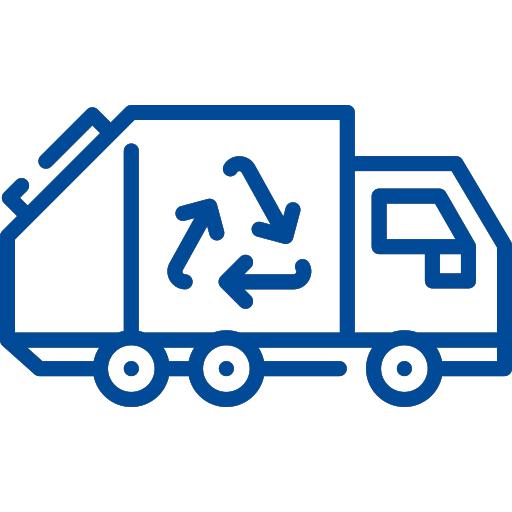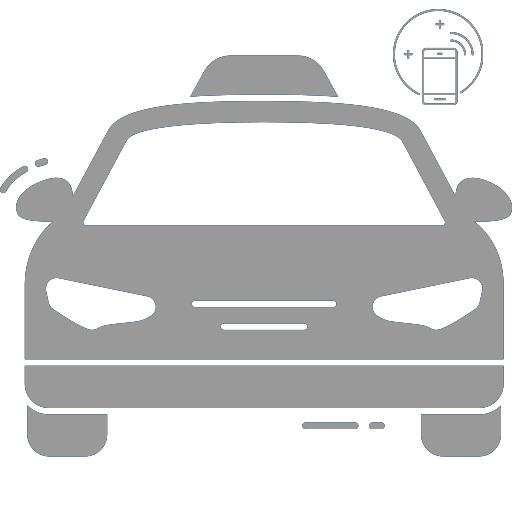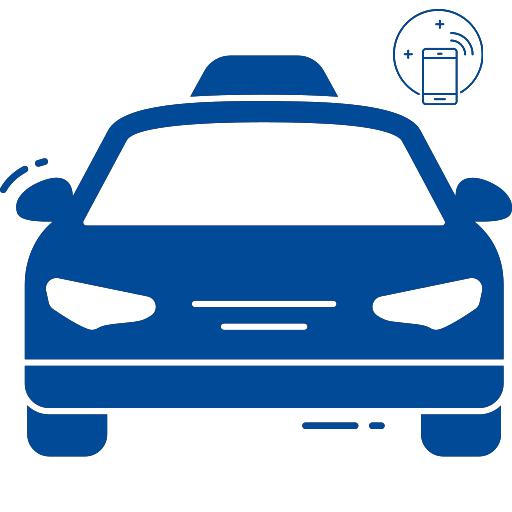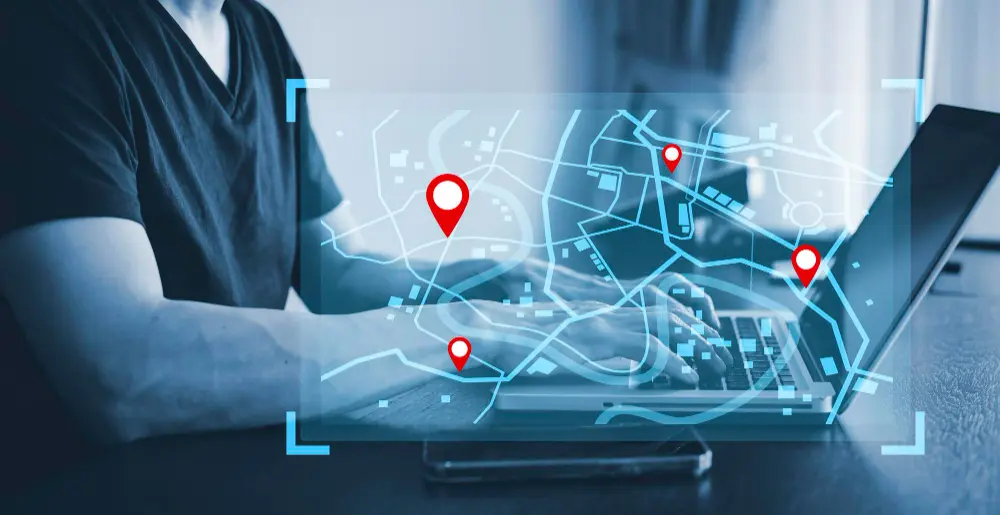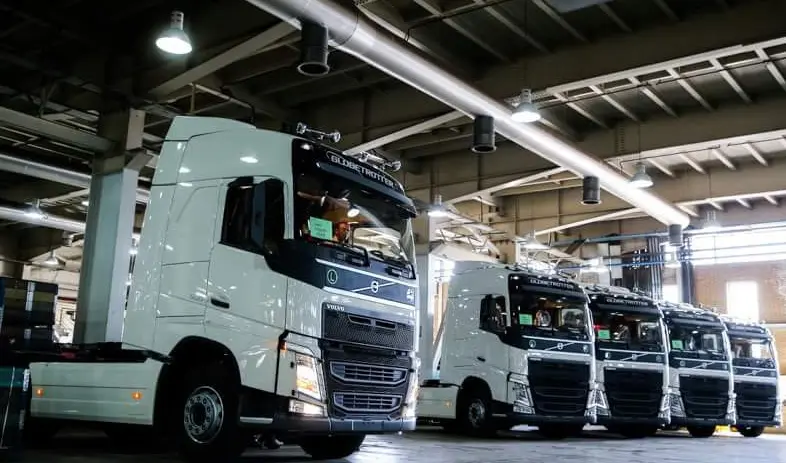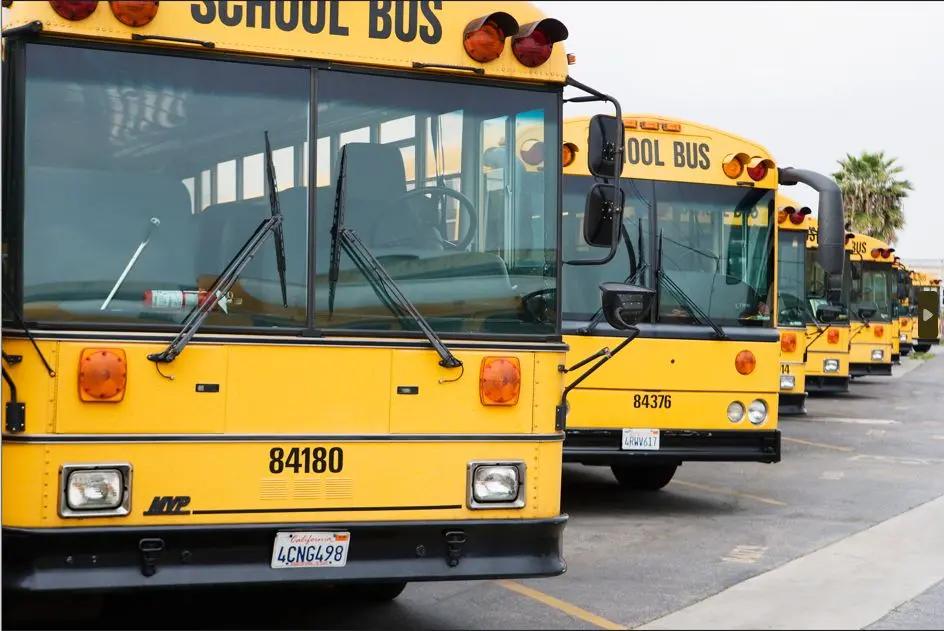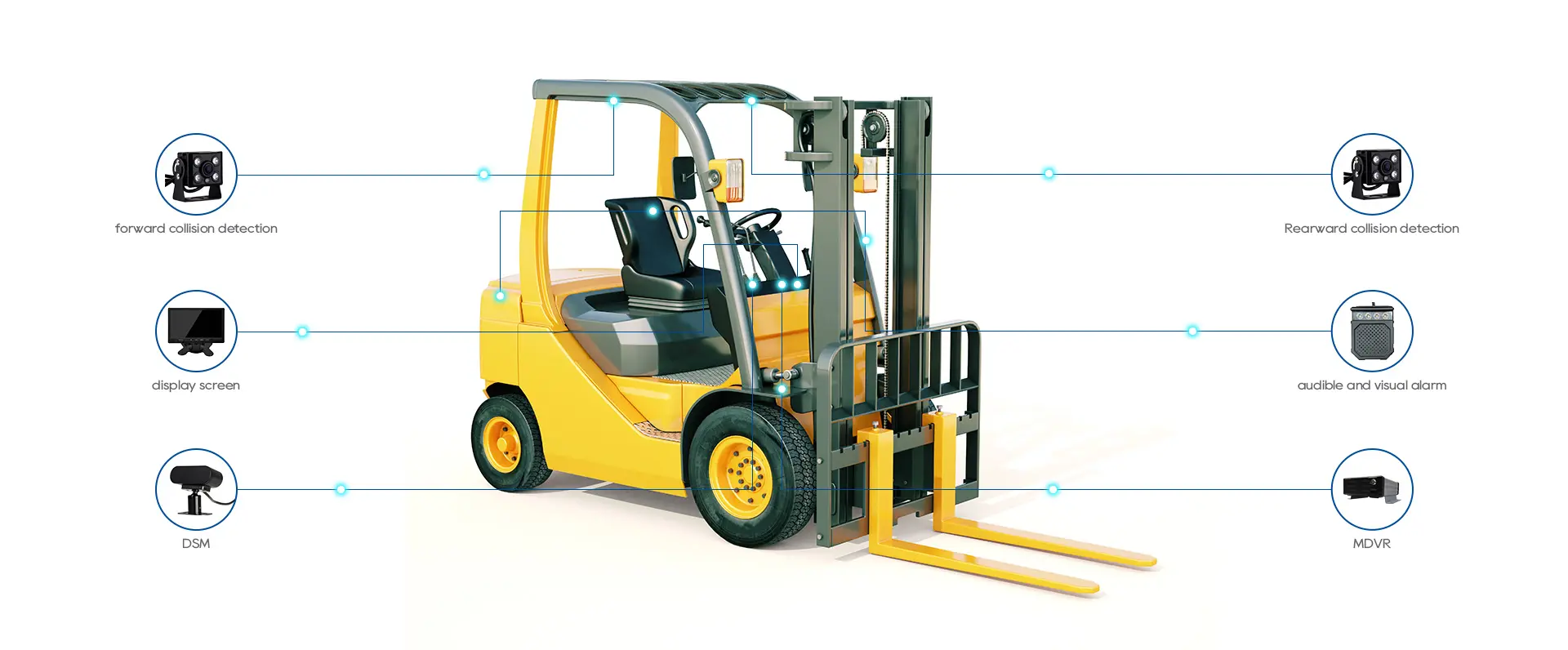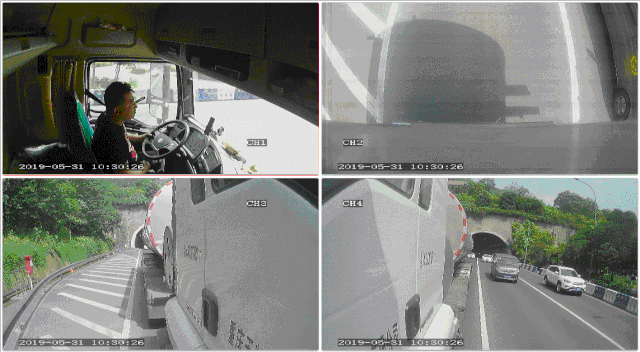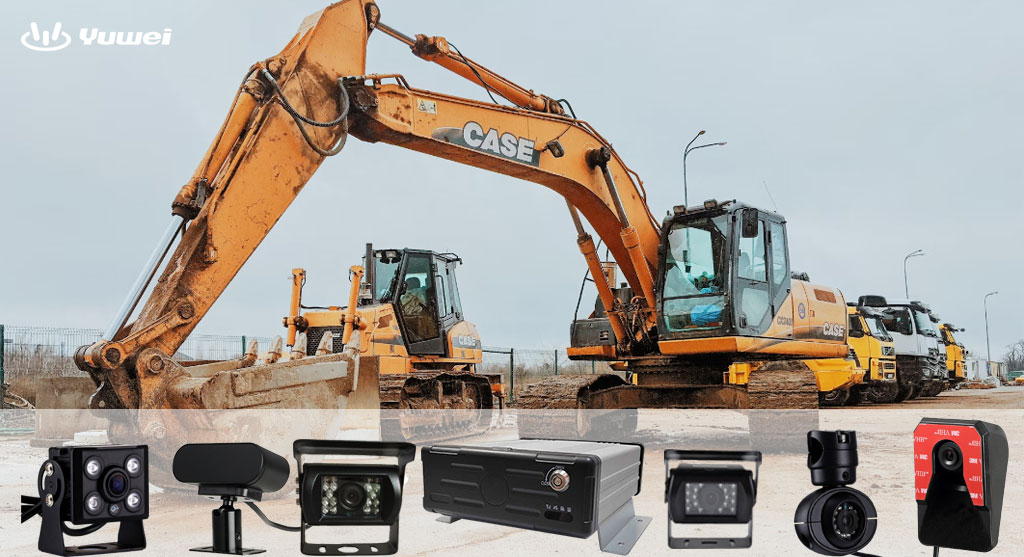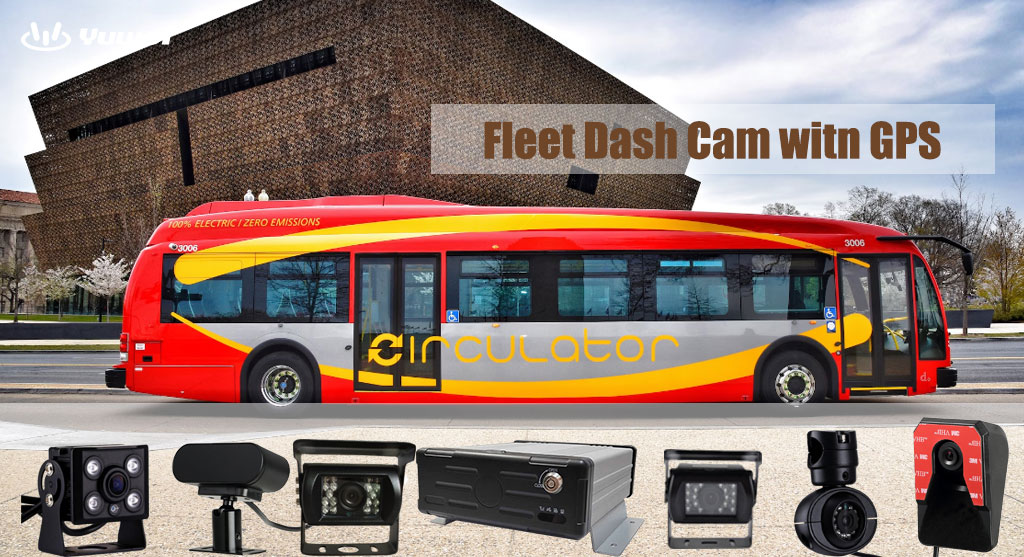360 Degree View Camera System for Buses
360 Camera System for Buses
With societal progress, buses are now equipped with onboard intelligent monitoring devices, providing enterprises and drivers with efficient and safe convenience. However, due to the large size and width of buses, the driver's blind spots are significant. These blind spots can easily lead to accidents during driving. Large vehicles typically have the following visual blind spots:
Blind Spot 1: Front Blind Spot of the Bus
The bus's high cabin and driving position create a large blind spot. Generally, the area about 2 meters wide and 1.5 meters long in front of the bus is a blind spot. Pedestrians shorter than 1.2 meters are difficult for the driver to see through the front glass.
Blind Spot 2: Blind Spot Near the Right Front Wheel
When the bus turns, the driver, seated on the left, often cannot see the ground conditions in the right front area. This makes the area near the right front wheel dangerous during turns. Pedestrians and vehicles within 2.5 meters of this area are hard to notice. Therefore, drivers should be cautious of people, vehicles, and objects on the right side.
Blind Spot 3: Blind Spot Under the Right Rearview Mirror
Particularly within the right front wheel blind spot, attention should be paid to the area under the right rearview mirror. Bus drivers tend to focus on the left side of the vehicle, often neglecting the right side. Additionally, since the bus’s front window is more than a meter above the ground, a passenger shorter than the window appearing at the right front corner is hard to see. Drivers need to pay special attention to this area.
Blind Spot 4: Blind Spot Between the Front and Rear Doors
During rush hours, many passengers wait at stops. When the bus arrives, people often crowd toward the front door or follow the bus before it stops and opens the door. If tall passengers are present between the front and rear doors, people behind them cannot be seen by the driver. Drivers need to be vigilant in this area.
Blind Spot 5: Blind Spot Near the Rear and Rear Wheels of the Bus
When the bus departs from a stop, the driver usually focuses on the left side and rarely notices the right rear. If pedestrians or children appear in the right blind spot, accidents can occur easily. Drivers should be cautious when departing from stops.
Blind Spot 6: Rear Blind Spot of the Bus
Despite having a rearview camera, the viewing range of the camera is limited to within 3 meters behind the bus.
- Static Blind Spot: For a bus 11 meters long and 2.5 meters wide, the static blind spot on the right side is approximately 3 meters by 2.5 meters.
- Dynamic Blind Spot: When the bus turns right, the blind spot formed by the inner wheel difference can be more than four times larger.
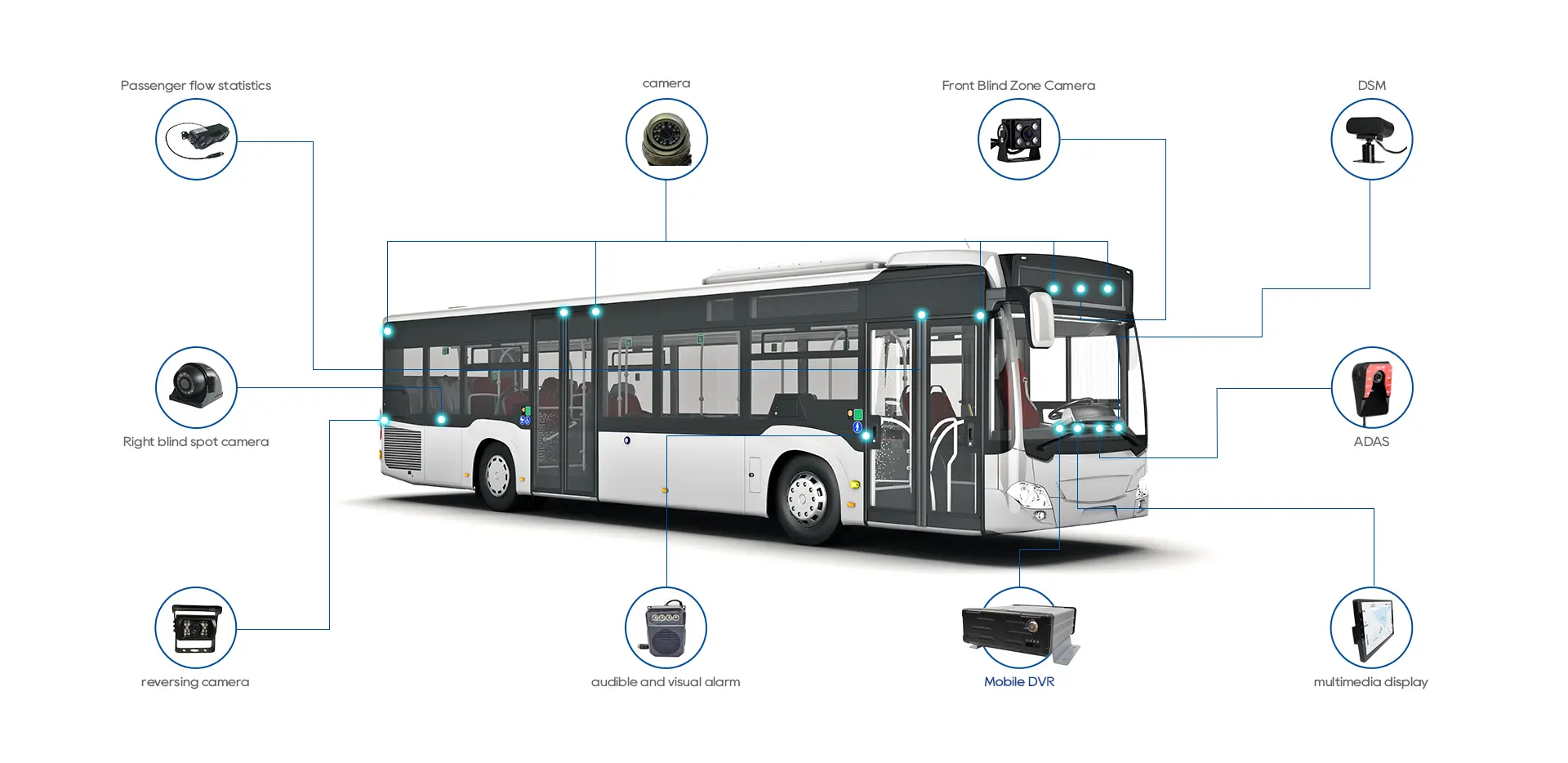
Bus Camera System Solution
By covering the bus's surroundings with four wide-angle cameras, the multi-channel video images collected simultaneously are processed into a 360-degree bird's-eye view of the vehicle, displayed on the central control screen. This allows the driver to clearly see if there are obstacles around the vehicle and understand their relative position and distance, effectively eliminating visual blind spots. This assists drivers in parking the vehicle smoothly or navigating complex roads, significantly reducing incidents of scraping, collision, or falling. The 360-degree panoramic view driving assistance system offers a true 360-degree bird's-eye view, achieving seamless monitoring and aiding in safe driving. It is currently widely used in dump trucks, mixer trucks, trucks, buses, coaches, emergency vehicles, and more. It is easy to install and calibrate. When combined with radar detection systems or AI pedestrian intrusion analysis, it can greatly enhance driving safety.


















